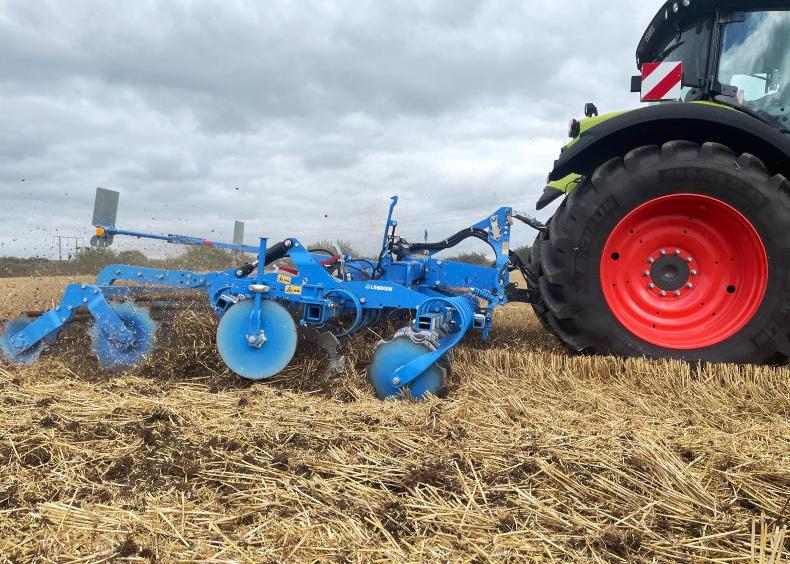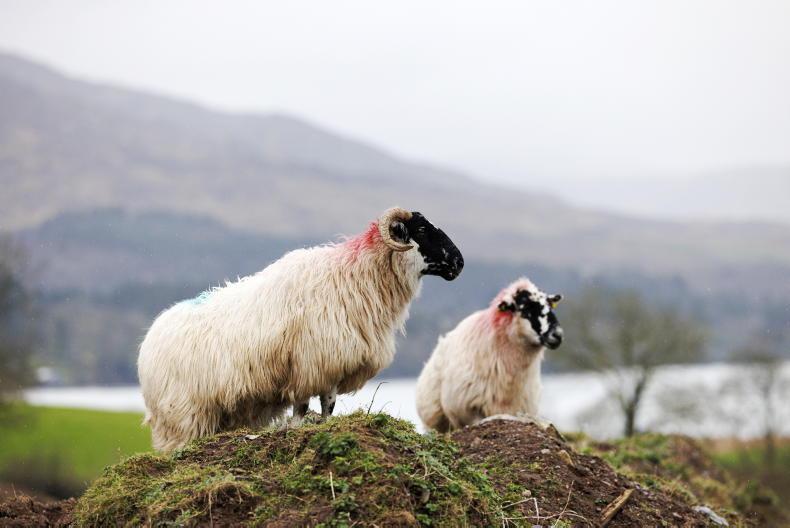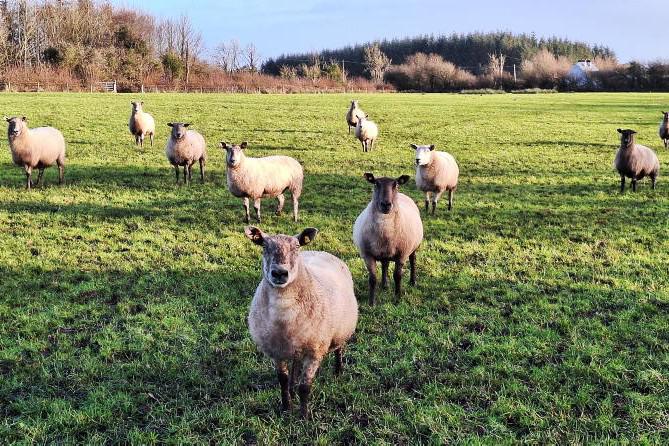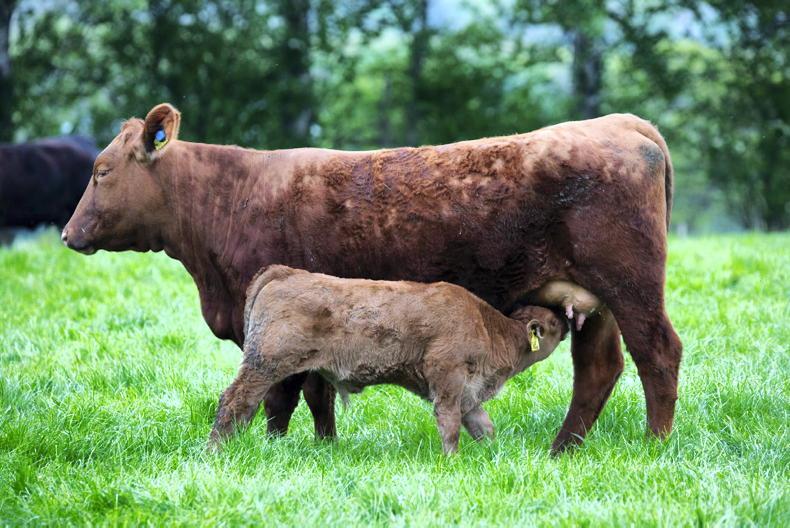Interest in the new National Sheep Welfare Scheme (NSWS) is high.
Farmers have submitted an array of questions to the Irish Farmers Journal since the scheme was launched.
This article addresses important queries which will shed more light on farmer decisions on what actions to select.
Will yearling hoggets born in 2023 suffice to contribute to maintaining the payable number of breeding ewes, as is the case with the reference number in the Sheep Improvement Scheme?
Yes. Same definition as per AIM census.
I usually sell cull ewes in May post-weaning and purchase replacement hoggets/ewes in August, as it suits my system to stay within nitrates limits. I will have the required number of breeding ewes for shearing and clostridial disease vaccination, so compliance there is satisfied. Do I have to hold on to the cull ewes until I buy replacements? I stayed out of the Sheep Improvement Scheme for such a reason and it would be a pity to be excluded from this scheme when selling ewes has no bearing on my ability to satisfy scheme terms and conditions.
No, for the NSWS, you do not have to hold on to your breeding ewes for the duration of the scheme year. However, you must complete the action record sheets provided to you by the Department and retain all receipts/invoices and other evidence to ensure actions selected were carried out in the appropriate timeframe and on the number of breeding ewes you selected as your payable number on the application.
Clostridial disease vaccination
I wish to select the option of clostridial disease vaccination on my lambs. My payable number is 80 and I have 146 lambs. Do I have to vaccinate all 146 lambs or will 80 lambs vaccinated satisfy scheme requirements?
The action must be carried out on all lambs of the scheme payable number of breeding ewes selected by the farmer as their payable number at application stage – see page 14 of the T&Cs. So, in the example above, the commitment is to vaccinate the 146 lambs.
Plunge dipping
I dip my breeding ewes every year in facilities on my brother’s farm. Can I continue to do so under the scheme?
This is not an issue as long as, if inspected, the Department can verify that the tank on the brother’s farm existed and proof of purchase of the dip product is available. The action must be carried out in compliance with the terms and conditions and on the number of breeding ewes selected as your payable number on the application.
The 15 October deadline is, in my opinion, too restrictive for some hill breeding farms for the breeding ewes dipping action. We bring ewes and hoggets from the hill at the end of October to dip and flush before breeding in mid-November. Is there any leeway on this date as it is not practical to round up breeding ewes from such a large area and return to hill only to try and bring them down two weeks later? I would join the scheme and forego payment on the category B option, but with the penalty there, I won’t join the scheme in current format for €2.
The scheme was designed in consultation with the farming organisations and the completion date for actions in the scheme of 15 October 2024 was included to facilitate payments under the scheme by the Department in mid-November 2024.
However, the Department will implement a process to allow participants in the scheme to opt for a later completion date of the actions to 25 November 2024.
Applicants who wish to use the later date must inform the sheep section of the Department in writing of same by 15 September 2024 at the very latest.
Participants should, however, note that if they opt for the later completion date, applicants will not receive their payment until late December or early January 2025.
A farmer will not be able to opt for the later completion date once the 15 September 2024 date passes.
Shearing action
I shear for myself and for the last three years have composted the wool. At 5c/kg for grey Scotch wool, there is more value in it than collecting it. I have no wool receipt for it, but my numbers are clear from the numbers of breeding ewes recorded in my annual sheep census and ewe numbers have been static for the last 10 years. Will showing ewe numbers by month, if needed, satisfy that I have shorn?
In the main, we expect that if a farmer shears for themselves and thus has no contractor receipt, they will have a receipt for the sale of the wool.
In the scenario outlined above, this is acceptable where A) there is evidence that the ewes have been shorn and they are verified by the inspector on the ground (OTSC) and/or B) timestamped photos of the shorn ewes have been submitted (desk check).
The man who shears for me is a neighbour who shears for two or three other farmers in the village. He is not a registered business but is paid with a cheque every year. He is wondering if he needs to give a receipt. What are the requirements from the Department in this regard?
Documentary evidence of completion of this action from a shearing contractor and/or evidence of payment via cheque and evidence of wool sale to the merchant should be provided.
In the specific case above, evidence of the payment of the cheque to the neighbour will be required if this is sought by the Department.
Ewe body condition scoring
I was reading the criteria in last week’s Irish Farmers Journal around ewe body condition scoring and it said that breeding ewes at a body condition score (BCS) of one or two may need to be housed. Surely, this is not the case in July and August. Whatever hope there is of ewes gaining condition would be outside at grass. Is this a requirement or a suggestion?
Breeding ewes that fall into condition one or two must get some additional treatment. The terms and conditions state that breeding ewes with a low BCS may need to be housed. However, in July/August, the treatment needed may well be access to more or better-quality grass and/or some concentrate feeding.










SHARING OPTIONS